Jun 19, 2025
Author:Lisa Martinez
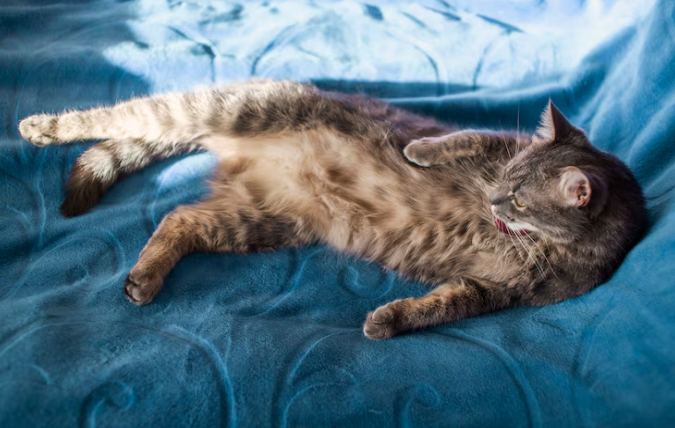
Heat cycles aren’t silent. They wail. They pace. They roll across the floor like they’ve lost their minds—and it catches pet owners off guard all the time.
You might’ve thought your cat was sick, restless, or flat-out possessed. But if she’s unspayed and vocalizing nonstop, you’re likely staring down the start of her estrous cycle. And it won’t be a one-time thing. Cats don’t follow a once-a-month script. Their heat cycles return often and come with patterns worth understanding—especially if you want to keep your sanity (and hers).
This guide breaks it down without fluff or filler. Here’s what you’ll get:
● How long do cats stay in heat (and how often does it repeat)
● Early warning signs you’ll hear, see, and feel
● The full heat cycle explained in plain terms
● Behavioral shifts you can expect during each stage
● What to do to help your cat stay calm and comfortable
● When to act on spaying or managing heat-related stress
No vague advice. No sugarcoating. Just straight answers to help you handle heat cycles like a pro. Keep reading.
Most heat cycles run between 6 to 10 days. That’s the average, anyway. But don’t count on it ending there. If your cat’s unspayed and hasn’t mated, she’s going back into heat. Quickly.
Cats don’t wait around. They’re seasonally polyestrous—meaning heat hits them more than once during the warmer months. And it doesn’t space itself out neatly. No long pauses like you’d see in dogs. Some cats can cycle every two or three weeks. Indoor cats? Even faster, thanks to constant light and temperature.
It keeps repeating until one of two things stops it.
● She mates and gets pregnant
● She’s spayed
Every cycle? Same behaviors. Same noise. Same chaos. You think it’s over, and then—nope. She’s back to pacing, yowling, scratching at doors. Flip-a-switch kind of shift.
Some cats follow a loose rhythm. Others throw the whole calendar out. Age, breed, light, stress—everything tweaks the timeline. But once you catch the pattern, you gain some control. You stop scrambling. You start prepping. And that changes everything.
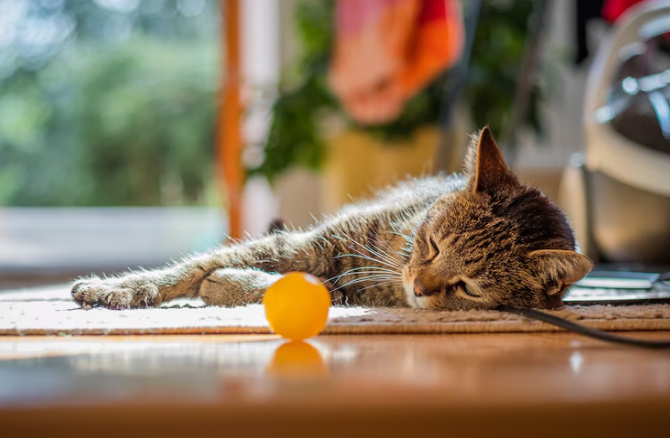
A cat in heat doesn’t keep it quiet. She doesn’t ease you into it, either. The shift is loud, weird, and impossible to miss—if you’re paying attention.
It usually starts with the noise. Not regular meowing. We’re talking long, deep-throated calls that sound somewhere between desperation and performance. And they don’t stop. Not at night. Not at 2 a.m. when you’ve got work in the morning.
Then the body language kicks in. She’ll crouch low in the front, raise her hips high, and shift her back legs in place like she’s trying to get comfortable but can’t. That posture? That’s lordosis. It means she’s ready.
Other stuff piles on fast:
● Licking and grooming herself nonstop down there
● Rubbing against furniture, walls, legs—anything, really
● Pacing like she’s late for something, clawing at doors
● Spraying urine near exits, windows, or wherever she senses outside
You feel it, too. The mood changes. She’s clingy in a way that doesn’t feel sweet—more weird, unsettled. Nothing calms her down for long.
Catching those early cues gives you a window. You step in before things spiral. You also get better at telling heat behavior apart from something that actually needs a vet.
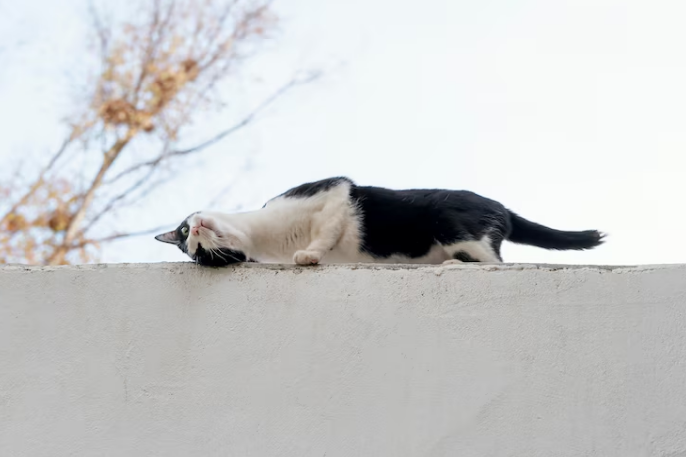
It’s all hormones. That’s what sets this whole thing off. Not chaos, not chance—just a tight dance between light, glands, and biology. The cycle doesn’t run in one straight line either. It bends. Loops. Splits. There are five phases. Each with its own rhythm, each doing a job, shifting how your cat acts and when she repeats the whole thing.
This is where things start moving under the hood. The light hits a threshold. The hypothalamus nudges the pituitary. That releases FSH, which taps the ovaries to start prepping follicles. Estrogen rises slowly at first.
What you might catch?
● Slight voice changes
● Some pacing
● Rubbing that seems... odd but not frantic
● No lordosis yet—she’s not inviting anything
This runs 1 to 3 days, often slips by unnoticed. No eggs released. She’s not ready. And she won’t tolerate a male yet.
Now she’s in heat. This is the part that doesn’t go quietly. Follicles hit peak function, estrogen floods the system, and if a male shows up? She’s receptive. Cats don’t ovulate on a timer—they need contact. Mating kicks off an LH surge.
Lasts 3 to 10 days. Usually depends on outside triggers, like male pheromones. You’ll see:
● That tail flag and hip drop posture (lordosis)
● Loud calling, especially at night
● Repeated licking and genital grooming
● Urine sprayed in odd places
● Dashes to the door, attempts to bolt
She may mate a dozen times in a single day. It’s not affection. It’s a reflex to trigger release.
If she didn’t ovulate, she drops into this cooldown. It’s quiet. Hormones settle. Progesterone stays flat. Nothing much happens visibly. Lasts about 8 to 15 days—unless she’s indoors and under constant light, which can compress the interval.
Behavior reverts:
● No more vocal drama
● No lordosis
● Back to baseline grooming
● Social, but not frantic
If she did ovulate but didn’t conceive, she skips this and heads into the next stage.
Only happens if ovulation was triggered. Post-mating, the follicles transform. Now they’re corpora lutea pumping out progesterone. Either the pregnancy sticks, or it doesn’t. In both cases, hormone levels climb.
Here’s what might surface:
● Nesting behavior, even if she’s not pregnant
● Slight swelling in the mammary glands
● Zero signs of heat—no calls, no posture
Diestrus matches gestation if she’s pregnant (roughly 63–66 days). If she’s not, pseudopregnancy wraps in about 5–6 weeks. After that, everything fades unless seasonal signals change it.
This is the true pause. It’s tied to daylight—short days usually mean shutdown. Hormones go quiet. Melatonin steps in, suppresses GnRH. The ovaries go still.
During this stretch:
● Follicles stay dormant
● Estrogen flatlines
● No heat signs whatsoever
● Ultrasound would show inactive ovaries
But if your cat’s living indoors with lights always on? She might skip this entirely and cycle year-round. Seen often in clinics, shelters, and high-density urban setups.
In breeding environments, some manipulate this phase with light therapy or melatonin to time litters. But naturally, it acts as the body’s reset—before everything starts spinning again.
Patience won’t cut it—not by itself. When your cat’s in heat, the behavior shift doesn’t roll in quietly. It crashes. Loud, clingy, sometimes a little chaotic. And if the setup around her isn’t solid? That chaos spreads.
Start by lowering the volume—not literally, but in every sensory way. Noise, lights, movement—cut them down. She’s hypersensitive. Things that never bothered her before might now make her bolt, meow louder, or groom like something’s wrong. Soft lighting. Quiet corners. A predictable space. These help. A lot more than you'd expect.
But still—she needs to move. You can’t stop her pacing, but you can redirect it. She doesn’t need a chase. She needs release. Controlled, tactile, physical output.
Add a scratching post. Really. Something like WOpet’s Scratching Posts for Cats. Give her a vertical stretch. Give her texture. Let her press tension into something that’s not your furniture.
Other things? Handle the basics, but do it sharply:
● Scoop the litter box more than usual
● Stick to regular feeding windows
● Plug in a pheromone diffuser if she spirals too far
● Close the windows—lock the doors—she’ll try to get out
Keep it steady. Keep it calm. The more repeatable her environment feels, the easier it is for her to come down from the hormonal high. Structure softens the edge.
When to step in? That answer shifts. Depends on your cat—how old she is, where she lives, how sensitive she seems, how much her behavior is messing with the day-to-day. This isn’t about what’s convenient. It’s about what you can handle—and what she actually needs.
Spaying ends the cycle. Period. No more hormonal spikes. No risk of surprise litters. No creeping chance of reproductive disease down the line. Most vets are good with doing it around five months, but some go earlier or later, depending on breed or size.
The right time to talk about spaying? Try these:
● She’s gone through multiple full cycles and reached sexual maturity
● Her heat behavior is affecting routines—yours or hers
● You’re not planning to breed and need things to stabilize
● You’re seeing signs that don’t feel normal—extended heat, false pregnancy, anything off
Can’t schedule surgery yet? Then you need a plan. Keep tabs on what sets her off. Loud noises? Door movement? Rearranged furniture? Catch the pattern. Cut down the noise—literally and figuratively.
Log her symptoms. Write it down. Map it out. Because once heat kicks in without structure, it’s harder to dial back. Whether it’s surgery now or a strategy that holds the line, getting ahead of it always works better than scrambling mid-cycle.
Once the heat cycle stops being a mystery, it stops being a crisis. Now you’re equipped to spot the signs early, understand the biological rhythm behind them, and respond with intention, not guesswork. That clarity reshapes how you handle your cat’s needs day to day.
You can now:
● Anticipate and track your cat’s heat pattern instead of reacting late
● Recognize behavioral triggers and address them before they escalate
● Reduce stress responses using calming tactics and structured outlets
● Decide on the right time to discuss spaying with your vet
● Keep the environment stable even during peak estrus symptoms
Instead of trying to quiet your cat down during heat, you're now managing the cycle with purpose. And with tools like WOpet’s Scratching Posts for Cats, you're adding tangible support to that strategy, giving her a consistent, safe release when everything else feels unpredictable. Structure wins. Simplicity works. Smart pet care tools make both easier.
Label:
Popular Post

What to Feed a Sick Dog With No Appetite? [2025 Guide]
May 16, 2023
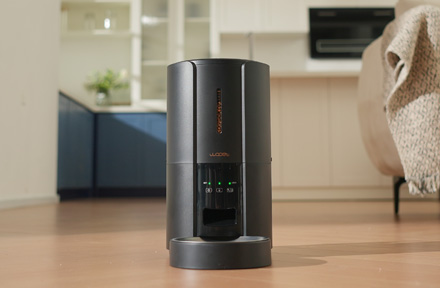
Troubleshooting Common Issues with Automatic Pet Feeders: Tips & Tricks for Pet Owners
Oct 26, 2023
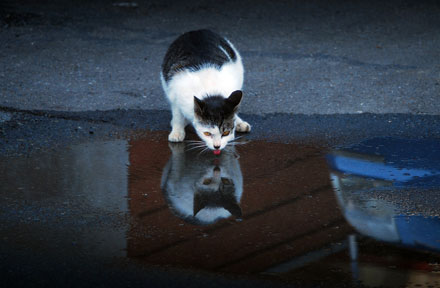
Why Does My Cat Cough After Drinking Water? 8 Potential Reasons
Mar 13, 2023
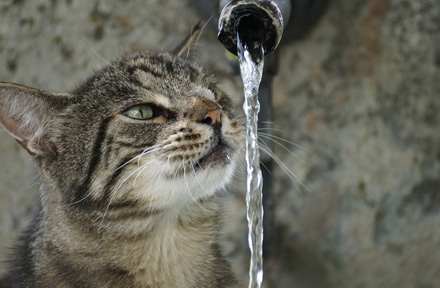
Why is My Cat Throwing up Water? Top 5 Causes Here
Feb 08, 2023
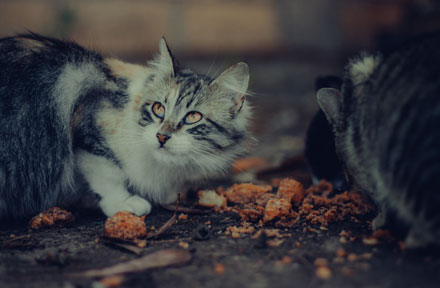
My Cat Only Eats A Little at A Time - What to Do?
Feb 27, 2023
$99.99
$129.99
Copyright © 2025 WOPET. All Rights Reserved.